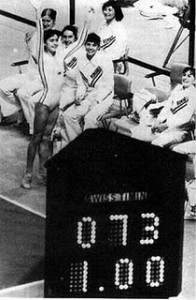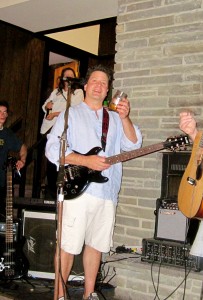TOP TEN of 2011
1. 2011 Hall of Fame Ceremony. Robert Miller- Spirit of the Flame Award. A 5 minute standing ovation at Visa Championships that evening.
USA WOMEN WIN GOLD AT WORLD CHAMPIONSHIPSUSA
3. MEN WIN BRONZE AT WORLD CHAMPIONSHIPS
4. JORDYN WEIBER- WORLD CHAMPION
5. DANELL LEYVA- P.BAR GOLD MEDAL, (TIE )JOHN OROZCO 5th AA WORLD CHAMPIONSHIPS
6. MEN’S NCAA CHAMPIONS STAMFORD, WOMEN’S NCAA CHAMPIONS ALABAMA
7. “GRAND RE-OPENING” OF USA GYMNASTICS UNIVERSITY.
8. SUZY GOT HER KIP! Dedicated to everyone who got a new skill this year.
9. VISA CHAMPIONS Sr Men Danell Leyva, Sr Women Jordyn Weiber. Jr Men- Adrian de los Angeles, Jr Women Katelyn Ohashi
10. JO National Champions.
WOMEN
- JR A
- Alexandra McMurtry Richmond Olympiad, 38.575
- JR B
- 1T Elizabeth Gangale, Brown’s LV, 37.900
- 1T Bayle Pickel Twistars USA, 37.900
- JR C
- Katie Bailey High Point, 38.025
- JR D
- Charity Jones, Dynamo Gymnastics, 38.250
- SR A
- Asi Peko Brown’s LV, 38.400
- SR B
- Hollie Blanske Twin City Twisters, 38.450
- SR C
- Jessie DeZiel Twin City Twisters, 38.825
- SR D
- 1t Georgia Dabritz Ace, 38.300 (Utah)
- 1t Allison Flores IGI, 38.300
- MEN’S
- Level 10 16-18
- Adrian De Los Angeles (SCATS)
- Level 10 14-15
- Sean Melton (Orlando Metro)
- Level 9 (12-13 yr olds) All Around Top 10:
- Marty Strech (Azarian)


